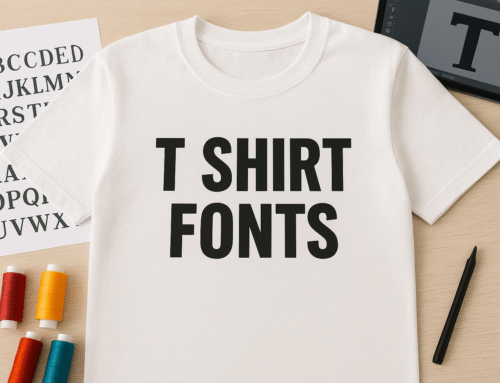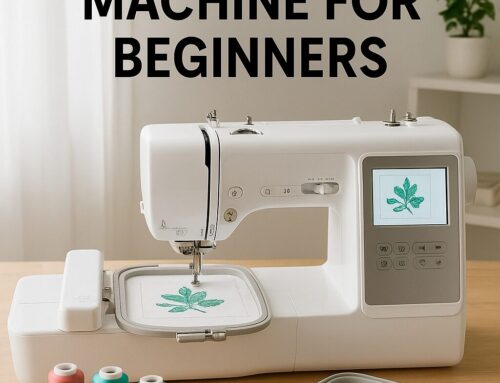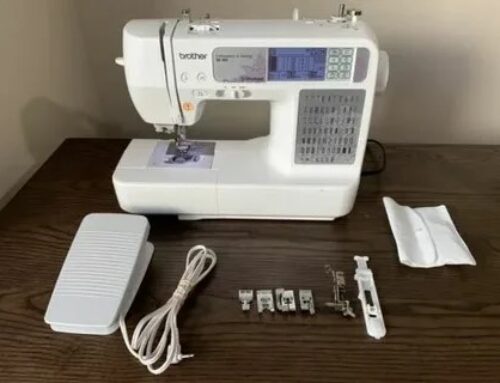What Is Screen Printing?
Screen printing is a tried-and-true printing method where ink is pushed through a stenciled mesh screen onto a flat surface. Also known as silk screen printing or serigraphy, this technique creates vibrant, long-lasting designs on everything from T-shirts and hoodies to posters and tote bags.
Whether you’re a small apparel brand, a crafter, or a print shop owner, understanding the screen printing procedure can help you produce high-quality, custom products at scale.
Why Choose Screen Printing for Your Designs?
The screen printing procedure is prized for several reasons:
Bold, vivid colors even on dark fabrics
Durable, tactile finishes that stand up to washing
Great for batch printing, making it ideal for uniforms, merchandise, and promotional wear
Layered ink techniques allow more richness than digital prints
From simple single-color logos to intricate multi-color graphics, screen printing delivers both quality and consistency.
The Step-by-Step Screen Printing Procedure
Here’s a clear breakdown of how the screen printing process works — ideal if you’re exploring custom garment printing or want to work with a professional embroidery and printing team like EZ Stitch Digitizing.
Step 1: Design Setup
The design is first printed on a transparent acetate sheet. This film acts as the template for creating the screen stencil.
Step 2: Screen Preparation
A mesh screen (usually polyester) is coated with a light-sensitive emulsion. The screen type is chosen based on the fabric and detail of the design.
Step 3: Image Exposure
The acetate film is placed over the emulsion-coated screen and exposed to strong light. The exposed areas harden while the parts covered by the design remain soft.
Step 4: Creating the Stencil
The screen is rinsed with water to wash away the unhardened emulsion, leaving a clear stencil of the design.
Step 5: Setting Up for Printing
The stencil-ready screen is mounted onto a printing press. The garment is placed underneath, ready for ink application.
Step 6: Ink Application
Ink is placed at the top of the screen. A squeegee pulls the ink across the screen, pushing it through the open areas of the stencil onto the fabric.
For multicolor designs, each color is applied with its own screen, and precision alignment is crucial.
Step 7: Curing and Quality Check
The printed item is run through a dryer to cure the ink, locking in color and durability. Finally, it’s inspected for quality before packaging or shipping.
Essential Equipment for Screen Printing
To execute the screen printing procedure with precision, these tools are essential:
1. Screen Printing Press
From manual tabletop presses to fully automated rotary carousels, the press holds screens in place and increases output efficiency.
2. Inks and Pigments
From standard plastisol to puff, metallic, or eco-friendly inks, printers choose based on material type and desired effect.
3. Screens and Mesh Frames
Traditionally silk, now polyester mesh with varying thread counts — finer mesh for detailed work, coarser for heavy ink deposit.
4. Squeegees
Used to apply ink through the screen. Firm blades suit detailed prints; soft blades work best on fabric.
5. Washout Booth or Station
Used for cleaning and reclaiming screens after use, keeping equipment reusable and eco-friendly.
Does Screen Printing Wash Out?
Not when done properly. When professional-grade, washable ink is cured at the correct temperature, screen-printed designs can last years without fading or cracking — even after repeated washes.
Screen Printing vs. Digital Printing
| Feature | Screen Printing | Digital Printing (DTG) |
|---|---|---|
| Best For | Large batches, bold designs | Small runs, photo-quality images |
| Color Intensity | High | Moderate |
| Texture | Thick, layered feel | Flat finish |
| Setup Time | Longer | Quick setup |
| Cost Efficiency | Better for bulk | Better for 1-off prints |
Screen Printing vs. Heat Transfer Printing
Heat transfer uses adhesive-backed film and heat to apply designs. While great for hard-to-print surfaces and photo realism, it lacks the durability and texture of screen printing. Some low-cost heat transfers may peel or crack over time.
High-end heat transfers (like those we use at EZ Stitch Digitizing) provide impressive results, especially when paired with digital design tools — perfect for caps, bags, and promotional items.
A Brief History of Screen Printing
Screen printing has roots in ancient China, dating back to around 950 AD. Japanese artists later adapted the technique, using it to decorate fabrics with stenciled patterns. In the 20th century, it became a key process in both fine art (thanks to artists like Andy Warhol) and commercial textile production — and today, it’s a pillar of the modern apparel industry.
Final Thoughts: Why Screen Printing Still Reigns Supreme
The screen printing procedure blends artistry with efficiency. Whether you’re printing 10 shirts or 10,000, it offers unmatched quality, longevity, and visual impact.
If you’re in the market for professional, reliable screen printing or want to convert your artwork into embroidery-ready formats, EZ Stitch Digitizing is here to help.
💬 Ready to get started with custom printing?
Email us at info@ezstitchdigitizing.com or message us on Facebook for expert support and fast service.




